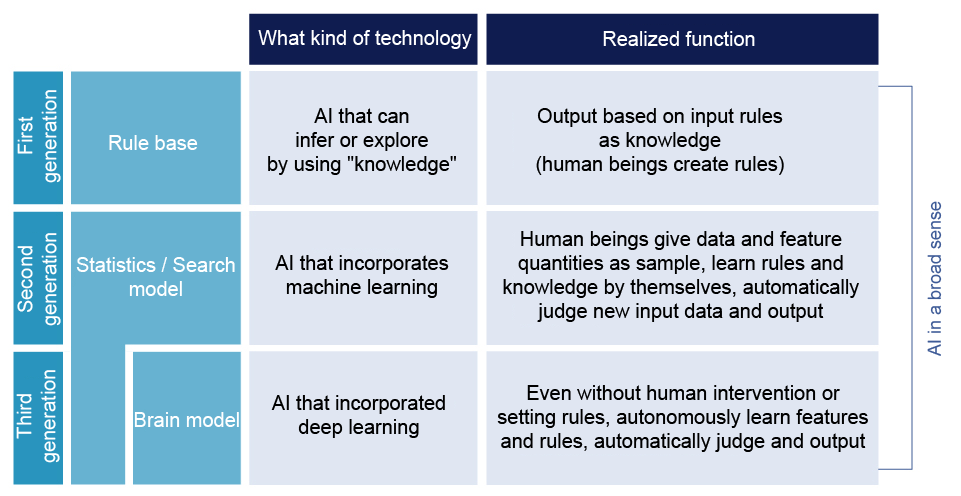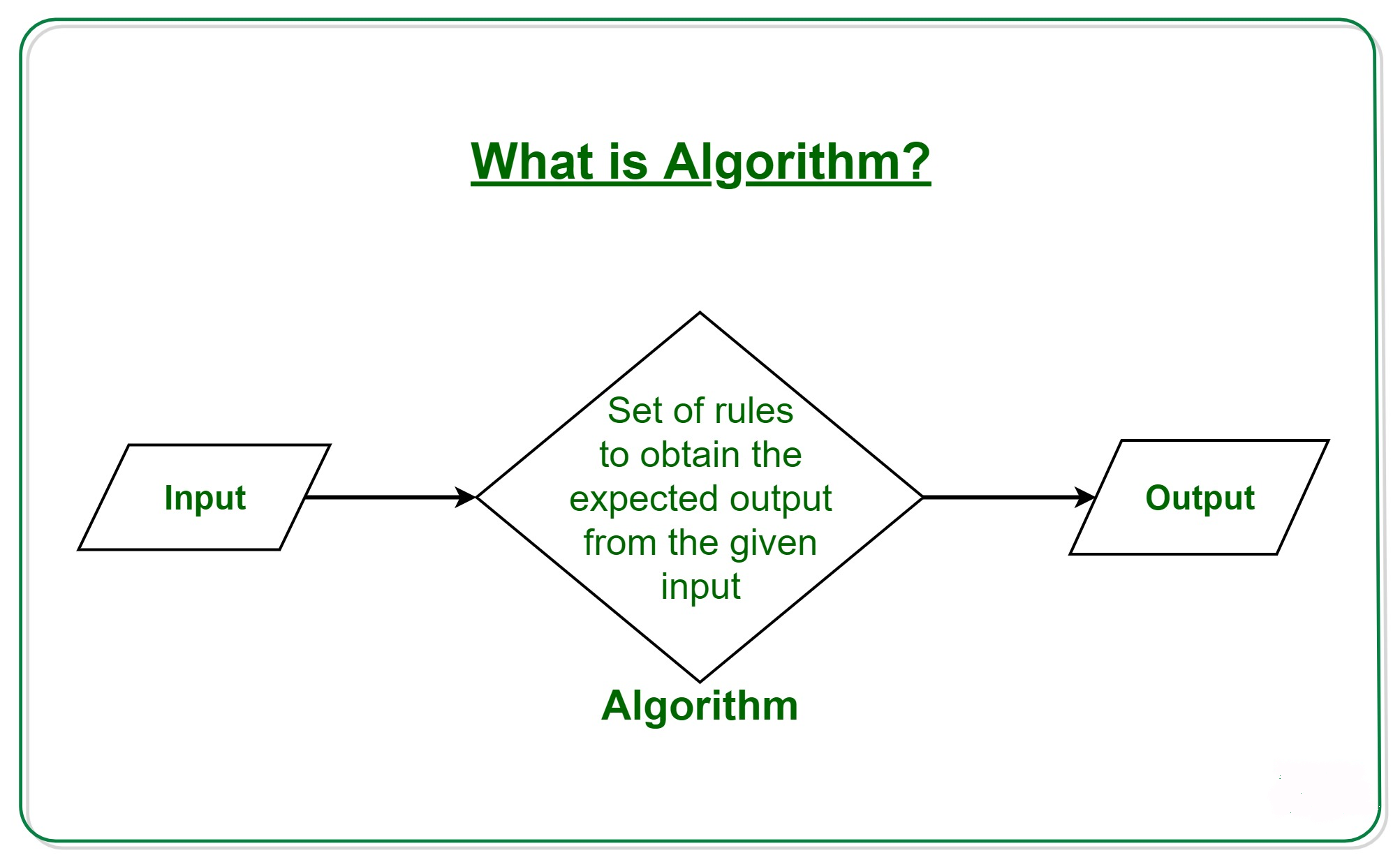
In its simplest form, computer vision involves assembling visual images in the same way a jigsaw puzzle requires pieces. A neural network needs to learn how to recognize pieces and determine subcomponents. These networks are fed hundreds of thousands images that are similar to the image being assembled. If a neural network is trained on hundreds or thousands of images similar to the image being assembled, it can only put together an image.
Computer vision is an application
Computer vision applications are useful in order to ensure the proper placement of components as more parts and connections are added. This reduces manual inspection. These applications are helpful for assembling equipment and machinery as well as pre-assemblies and electronic boards. This reduces the speed of these processes. A number of computer vision applications have become popular. For example, facial recognition technology is used by many people to unlock their phones.

Background of computervision
Computer vision's background was developed parallel to the field of artificial intelligence in the late 1960s. Early experiments with computer vision focused on basic image processing tasks like color segmentation and edge detection. These early studies were the foundation of current computer vision applications. However, artificial intelligence and computer visualisation were not yet capable of reasoning. Researchers discovered that such an impossible task is very difficult, and the technology was still relatively new.
Convolutional neural networks (CNNs)
ConvNets are similar to neurons in the brain. They were inspired by the organization known as the Visual Cortex. Each individual neuron can only respond to a portion of the visual area, while the receptive field overlaps to cover the entire space. Images are matrices that contain pixel values. They are fed into a Multi Level Perceptron.
Object detection
Object detection refers to the identification of effective targets within still images and video data. Computer vision techniques include image processing, pattern recognition, artificial intelligence, and machine learning. There are many applications for object detection, from factories to military restricted zones and advanced human-computer interaction. The process of object detection can be complex and requires a careful balance between speed and accuracy. This article will discuss recent advancements in object detection. Let's look at some of these methods and their applications.

Computer vision automates labor intensive processes
AI-powered computer vision is gaining popularity in manufacturing plants. This technology can save businesses time and money. These tasks used to be performed manually by healthcare professionals. Today, AI powered computer vision solutions can take over these tasks. Predictive maintenance systems are an example of such applications. They detect and prevent equipment and machine breakdowns, and alert humans when maintenance is needed. Moreover, computer vision is being used by workers in packaging and quality monitoring activities.
FAQ
What is the future of AI?
Artificial intelligence (AI) is not about creating machines that are more intelligent than we, but rather learning from our mistakes and improving over time.
We need machines that can learn.
This would require algorithms that can be used to teach each other via example.
You should also think about the possibility of creating your own learning algorithms.
The most important thing here is ensuring they're flexible enough to adapt to any situation.
What industries use AI the most?
The automotive industry is among the first adopters of AI. For example, BMW AG uses AI to diagnose car problems, Ford Motor Company uses AI to develop self-driving cars, and General Motors uses AI to power its autonomous vehicle fleet.
Other AI industries are banking, insurance and healthcare.
What can AI be used for today?
Artificial intelligence (AI), a general term, refers to machine learning, natural languages processing, robots, neural networks and expert systems. It's also known as smart machines.
Alan Turing was the one who wrote the first computer programs. He was intrigued by whether computers could actually think. He suggested an artificial intelligence test in "Computing Machinery and Intelligence," his paper. The test tests whether a computer program can have a conversation with an actual human.
John McCarthy, in 1956, introduced artificial intelligence. In his article "Artificial Intelligence", he coined the expression "artificial Intelligence".
There are many AI-based technologies available today. Some are simple and straightforward, while others require more effort. They range from voice recognition software to self-driving cars.
There are two types of AI, rule-based or statistical. Rule-based uses logic for making decisions. An example of this is a bank account balance. It would be calculated according to rules like: $10 minimum withdraw $5. Otherwise, deposit $1. Statistics are used to make decisions. To predict what might happen next, a weather forecast might examine historical data.
Statistics
- The company's AI team trained an image recognition model to 85 percent accuracy using billions of public Instagram photos tagged with hashtags. (builtin.com)
- Additionally, keeping in mind the current crisis, the AI is designed in a manner where it reduces the carbon footprint by 20-40%. (analyticsinsight.net)
- In 2019, AI adoption among large companies increased by 47% compared to 2018, according to the latest Artificial IntelligenceIndex report. (marsner.com)
- That's as many of us that have been in that AI space would say, it's about 70 or 80 percent of the work. (finra.org)
- In the first half of 2017, the company discovered and banned 300,000 terrorist-linked accounts, 95 percent of which were found by non-human, artificially intelligent machines. (builtin.com)
External Links
How To
How to set Amazon Echo Dot up
Amazon Echo Dot (small device) connects with your Wi-Fi network. You can use voice commands to control smart devices such as fans, thermostats, lights, and thermostats. You can use "Alexa" for music, weather, sports scores and more. Ask questions, send messages, make calls, place calls, add events to your calendar, play games and read the news. You can also get driving directions, order food from restaurants or check traffic conditions. It works with any Bluetooth speaker or headphones (sold separately), so you can listen to music throughout your house without wires.
An HDMI cable or wireless adapter can be used to connect your Alexa-enabled TV to your Alexa device. An Echo Dot can be used with multiple TVs with one wireless adapter. You can also pair multiple Echos at one time so that they work together, even if they aren’t physically nearby.
These are the steps to set your Echo Dot up
-
Turn off your Echo Dot.
-
Connect your Echo Dot via its Ethernet port to your Wi Fi router. Make sure to turn off the power switch.
-
Open Alexa on your tablet or smartphone.
-
Choose Echo Dot from the available devices.
-
Select Add New.
-
Choose Echo Dot from the drop-down menu.
-
Follow the screen instructions.
-
When prompted enter the name of the Echo Dot you want.
-
Tap Allow access.
-
Wait until your Echo Dot is successfully connected to Wi-Fi.
-
Do this again for all Echo Dots.
-
Enjoy hands-free convenience!